You’ve just launched your Twitter and Facebook page. You’re excited to engage with thousands of fans and followers and possibly get a customer or two.
Fast forward two months. You have 20 Facebook fans and 30 Twitter followers. Half of them are spam. You realize no one notices or cares that you’re on social media.
What do you do?
In this blog post I’ll break down some tactics you can try to build a stronger social media impact and a bigger following. These tactics can work for almost any business, whether it’s a SaaS (Software as a Service), ecommerce, or any brick-and-mortar store.
First, let’s cover the different types of followings you can get.
The Difference Between a Random Follower and an Engaged Follower
There are some who say 50 engaged followers is better than 500 unengaged followers.
Some of your followers will be engaged, reading and valuing your updates, occasionally replying, retweeting, commenting and Liking. Others will just skim through your updates as they appear in their feed.
There is no way to avoid an unengaged follower (not that you should). Specifically on Twitter, there are people who will blindly follow thousands of people all in the hopes for a follow back.
The good news is you can convert an unengaged follower (or fan) into an engaged follower (or fan) by updating valuable information. We’ll get into that a little later.
Your Twitter Bio
Your Twitter bio can be used to explain what your business is and what you’ll be tweeting about. One of my favorite Twitter bio’s is from Rand Fishkin:
The key part here is how often he tweets and what he tweets about. By writing this, people know what to expect from his Twitter feed and can judge if this is an account they’d like to follow.
Your Twitter bio should say:
A) What you do and
B) What you tweet about
Here would be a template to follow:
[Enter business name] provides [enter about and unique value prop]. Tweets [enter amount] per week about [what you tweet about].
Bios are limited to 160 characters, so it’s important to keep it short and sweet.
Let’s move on to a less common but effective way to gain Twitter followers or Facebook fans.
Guest Blog
Not only can guest blogging be a great way to get your company exposure, but it can also increase your social media impact.
When guest blogging, it’s important to find a blog that is relevant to your industry. You want to get relevant followers who would be interested in your products or services, so it’s important to write in your area of expertise.
If you guest blog, you can put in your byline something like:
“(Your name) is the (enter position) of (enter company). You can follow his (or her) company on Twitter (link) or ‘Like’ them on Facebook (link).”
Not only does this expose your brand name, but it also helps your social media efforts. People will follow you the more you expose your Twitter and Facebook pages, and guest blogging is a great way to get that kind of exposure.
On a personal note, I’ve been blogging for a little under 4 months. My Twitter followers (while still small) have about quadrupled during this time.
So find a popular blog that’s relevant to your business, ask them to guest blog (even if it’s for free) and take advantage of your byline.
Have A Blog
Having a well-maintained blog can be time-consuming, but the payoff can be significant. Only start one if you know it can be given the proper time and attention.
Your blog can be a great way to generate traffic to your website and increase fans and followers.
After writing a blog post, you can ask people who you linked to in that blog post for a tweet. Additionally, the message when someone clicks the tweet button can link to your Twitter account. For example, if I click the Tweet button:
It brings me to a window with a preset message:
The message contains the link back to Buffer’s Twitter page. Judging by the results, it has given Buffer a lot of attention.
Another popular way to gain fans and followers is by running contests.
Run Contests
Running contests are effective in getting attention for your brand while also increasing your social media presence. Let’s look into how you can legally run some contests.
Facebook:
It’s important to first read Facebook’s contest rules. Facebook is very strict about all the things that you cannot do. If you’re looking to run contests on Facebook, check out a program like Wishpond.
Twitter:
It’s important to first read the Twitter contest rules before you start anything.
One contest to try is the “creative answer” contest. It runs as follows:
A) Company tweets a message (at least one) with a question.
B) Users must respond to the question using a hashtag.
C) The top 3 most creative answers get a gift card from your company.
Now let’s take a look at how adding Facebook and Twitter widgets can affect your social media.
Add Facebook And Twitter Widgets To Your Site
You’ve seen the social media widgets on almost every site you go to. All of them ask you for a Like, Tweet or a Follow. They appear like this:
This allows users to Like a page without ever having to access Facebook and search for you. There are also sharing functions available on many sites, with the option to Like or Tweet specific pages.
If you’re interested in adding social buttons to your site, you can go to Facebook’s plugin page or Twitter’s buttons and resources page.
One of the cornerstones of Twitter is the use of the hashtag. Let’s see how you can integrate this with your business.
Use The Hashtag
What are some hashtags that people in your industry use? Oftentimes people use hashtags for a specific conference or for generalities in that industry. For example, one hashtag analytics companies use is #measure. If you don’t know what ones are used in your industry, check out what hashtags your competitors use.
Next we’ll examine the importance of including your social links in your email signatures.
Email Signatures
Your business probably has hundreds if not thousands of emails daily. The email signatures you use are not something to take lightly. These generally include your contact information, but many companies now include links to their Facebook and Twitter pages. There are a few tools you can use to elegantly link to your pages in your signature.
If you use web-based email, check out WiseStamp.
Now we’ll move in to the importance of who to follow and why you should follow back.
Follow And Follow Back
Whether you like their politics or not, you must admit the Obama campaign is incredibly efficient on technology. At the time of this writing, they had a little over 17 million Twitter followers and over 27 million Facebook fans.
What might be more intriguing than the number of followers they have is the number of people they follow. As of June 2012, they were following a little over 675,000 people. There aren’t many other accounts that have that many followers yet also follow that many people.
Following back adds a personal touch, no matter how popular you are on Twitter. It shows that you noticed someone followed you and took the time to follow them back. People like to be followed; so take the time to follow and follow back.
If you don’t know who to follow, go to your competitors Twitter pages and see the people they follow and the ones who follow them. These will usually be people who are in the same industry. Follow those people. Some may follow you back. If nothing else, they’ll notice that your company followed them which will get your brand name just a little bit more exposure.
You can also use Twitters own suggestions for who to follow.
Social media is nothing if people don’t engage with one another. Let’s get in to why it’s important for you and your brand to engage with current and potential customers.
Engagement
“The biggest part of engaging is just making sure that you’re talking to people.”
-Jen Lopez, discussing social media at SEOmoz
Twitter and Facebook should be looked at as a place to engage and communicate with people, not as a place to give non-stop promotion to your brand.
When someone tweets or posts something to your account, whether it’s good, bad, or neutral, you need to respond. Ignoring feedback is leaving engagement on the table, which means losing out on customers. A business should be more than thrilled that someone wants to talk to them, yet so few even bother responding.
Beyond responding to people who tweet and post to you, you also need to go out and find people. That’s where a tool like Twitter search comes in.
Twitter Search
Twitter search is a great way to find the people in your industry and the folks who are talking about your company.
What are some of the keywords in your company and industry? These, along with your company name, are things you should be searching for and keeping an eye on every day. Find the people who are talking and, when possible, engage in the conversation. This is especially important when someone has a question. Be there to help the people who need help.
Here’s a question that someone asked on Twitter that has gone unanswered.
Wouldn’t it be great if Mozilla answered this question? It’s not the content of the tweet or the company involved that’s important. What’s important is that a user of a product was having issues – and the company was nowhere to be found.
The scary thing is this could be your company. You could have a customer or potential customer asking questions about your product with no one there to answer it. Or worse, someone could be giving out misinformation about your product.
Companies need to go to where there users are, not having users go to where they are. If thousands of customers on Twitter need assistance, it should be a good indication that the company be active with heavy use of Twitter search and replying to every tweet. Go where your customers are – you serve them.
And if you thought customer service on social media was insignificant, think again. A recent study showed that only 44% of customer questions on Twitter are answered within 24 hours. The same study also found that 56% of customer tweets were being ignored. Another study showed that 36% of UK customers use social media to speak with brands. What might even be more surprising is that number has doubled in eight months.
Not only can Twitter search be used for customer service, but can also be used for seeing discussions from people in your industry. Enter some of the keywords into Twitter search and find what people are talking about. It might be about a conference, some latest news, or what a competitor is doing. Add your voice when it’s appropriate. Make insightful comments, don’t reply just for the sake of replying. For example, saying “cool” or “wow” or “interesting” is not useful and doesn’t add and build the conversation. Be thoughtful and people will look at your brand with respect.
Once we understand engagement and finding people on Twitter we can then move on to promoting your social media presence. There are multiple avenues we can go down with promoting your Facebook and Twitter pages. Let’s explore some of these.
Facebook And Twitter Only Promotions
Not everyone will be quick to ‘Like’ or Follow your page. Some may need an incentive. This explains why many brands offer Facebook fan only specials. These offers go out to fans who currently ‘Like’ the page. The trouble is, someone can ‘Like’ a page only for a deal, then ‘UnLike’ after the deal is obtained.
It may be frustrating, but here’s the thing: It still gets you an order and people still give you money.
If the end goal of increasing Facebook fans and Twitter followers is to get more orders, then people Liking and Unliking your page should be just fine with you – as long as they’re ordering.
Obviously you should not encouraging people to ‘Like’ your page for a promotion, then Unlike it once it’s over. You should still encourage people to ‘Like’ your page for Facebook only offers. But don’t make big efforts to try and stop people from Liking and Unliking your page. You’ve still reached the ultimate goal of getting an order; just not the optimal way.
Everlane is a company that encourages people to Like their Facebook page:
Clearly, this incentive is working. They launched a little under a year ago and already have over 14,000 Likes.
On your Facebook page, you can use Facebook offers. See this example:
I don’t have to Like this page to claim the deal. However, you can use Facebook Offers and encourage users to Like your page to stay tuned for future deals.
Twitter only deals may be a little more difficult. One thing to try is tweeting out a special link. Once a user clicks the link, your site will see that Twitter was the referring link and the promotion will be activated.
Discover Card is a company that does something similar. Cardholders get a certain percentage off only when they go from the Shop Discover site to an online retailer. This way the retailer can see that they got a customer from Shop Discover and Discover activates the cash back.
Another way to advertise Facebook only promotions is to place an ad on the Facebook website. Let’s explore this next.
Facebook Ads
When you advertise on Facebook, you have the option for people to Like your page without ever having to actually go to your page. See these examples:
These allow people to Like your page while they are already in the Facebook website. It makes it painless.
Photo Tagging on Facebook
Here’s an unconventional way:
When you host events, whether it’s a grand opening, a member appreciation day or any other celebration, take lots of photos. Encourage your fans at the event to check out your Facebook page and see when the photos are uploaded. They can then tag themselves in the photo. Their friends will see the photo, and thus your business gets exposure.
It’s possible that you’re on a tight budget and don’t want to spend money on Facebook ads or don’t host a lot of events. In this case, you can make decals for your storefront window. However, simply asking users to Like or Follow you may not be enough.
Rethinking the Social Media Window Decals
How many stores have you seen with one of these on a window?
Or
They’re a great idea, but do they really do anything? Does it increase your number of Likes or Followers? Do people know what they’ll get if they Follow or ‘Like’ you?
What if you had an “Engage with us on Facebook” or “Engage with us on Twitter” decal? This invites the person to ask questions on the businesses social media page.
You can also propose benefits that people will get by Liking or Following your page. Here are a few ideas:
“Get expert tips everyday on _____ by following us on Facebook or Twitter pages.
‘Like’ us – [enter url]
Follow us – [enter url]”
This one projects your business as a thought leader. For example, if you sell clothes and purses, you can have your sign say:
“Get expert tips everyday on fashion and design by following our Facebook or Twitter pages.
‘Like’ us – facebook.com/_____
Follow us – twitter.com/_____”
“See what today-only deals we’re offering for our Facebook fans and Twitter followers only!
Follow us – [enter URL]”
“Find out about our special offers before anyone else! ‘Like’ our page and you’ll have access to our calendar of special offers!
[enter url]”
There are two ways to go with this. Either A) you have an actual calendar that displays on your Facebook page once someone Likes your page. This shows all the future coupons you’ll be offering. Or B) Have limited quantity specials that offer products you sell at big discounts. For the first hour, Facebook fans and Twitter followers find out about the deal and are allowed to buy. This can be viewed as the equivalent of the Groupon VIP.
“Get your ___ questions answered by Liking us on Facebook or Following us on Twitter.
Follow us – [enter url]”
This is another one that shows you’re the thought leader and the go to place for whatever industry or niche you serve. Answer everyone’s questions, even people who are not your customers; because if those people are ever in the market for what you’re selling, you’ll probably be the first place they think of.
“Get our take and join the conversation on the latest ___ trends [or news]
Follow us – [enter url]”
This decal portrays your business as a something of a thought leader, a business that is plugged into the latest news in a niche industry. If you’re in the eye exam business, your decal may read ‘Like’ this:
“Get our take and join the conversation on the latest eye health news…
‘Like’ us – facebook.com/____
Follow us – twitter.com/____”
Your Facebook and Twitter feeds would comprise of links to studies on eye health and your opinion of them (preferably from an optometrist). Along with your posts and tweets about studies, you can remind fans and followers of your business.
You don’t just want to be viewed as a place to read opinions on eye health, you need to capitalize on it. For example, you post a study about family eye health history. Share the opinion and remind people if they have any concerns or know a family member with an eye disease to let the optometrist know. This keeps the customer in touch with the business and strengthens the relationship between the business and customer.
“Give us feedback on how we’re doing. ‘Like’ or Follow us!
[enter url]”
Here you encourage followers to send feedback to you—which requires either a ‘Like’ or a Follow. Your social media platforms are used as a place to gather public opinion on your business. It can either sink or swim from this type of approach. If feedback is ignored by the business, it’s going to reflect poorly on the company. If businesses respond to every comment, it will look quite well. You have the opportunity to showcase your customer service – make it great!
“See our conversation with ____. Only for people who ‘Like’ our page!
[enter url]”
Here you would have a video interview with an important figure in your industry discussing relevant, topical information that your fans would enjoy. This can get some people in to ‘Like’ your page, and then it’s up to you to keep them from ‘Unliking’. Telling of future interviews or future content only on your Facebook page would be a good idea.
Beyond windows, you can post your Facebook promo on your menu, inside your store, or wherever else customers frequently put their eyes on.
Now we understand signage for storefronts. Let’s move on to another place where signs and banners are frequently used: conferences.
Attending Conferences
Going to conferences can be a great way to network and get your brand exposed. It can also be used to connect on social media, which can form a long term connection and possibly a customer or partnership.
At a conference, you can have a sign that says “‘Like’ our Facebook page to see a recap of the conference”. The recap would feature photos, and video interviews with speakers only for people who ‘Like’ your page.
On business cards, it’s wise to leave a link to your Facebook and Twitter pages.
Conferences are not for every business. They can be expensive, especially when on a limited budget. Let’s look into a less costly way to get Fans and Followers.
Getting Retweets And Shares
To get retweets you will need a Twitter following of at least a few hundred people. Most people who get retweets do so in one of the following ways:
A) Post something really valuable or clever
B) Ask people to retweet
C) Pay someone to retweet your content.
A or B are probably your best bet.
As far as posting valuable content, it’s important to make the content relevant. Your followers are likely people in your industry, so posting something totally off topic is not optimal.
When asking for retweets, it’s best to say “Please ReTweet”.
For a more complete guide, check out Neil Patel’s guide on getting more retweets.
Another way to get more Twitter followers (and thus retweets) is to get the attention of influencers.
Reaching Influencers
Influencers are those with a large and loyal following. They often are well respected and have a lot of connections in the industry.
Who in your industry is an influencer? If you need help finding an influencer, use a tool like Klout.
Reaching influencers is a process that doesn’t happen overnight. It takes time to cultivate the relationship.
As you know, Netflix is a big company. Yet they have startup DNA in them as they still make efforts to reach influencers.
Here they give a gift to director Eli Roth:
They also gave him cupcakes for his birthday:
Netflix isn’t the only company that reaches influencers. Taco Bell gave Kevin Love a tour of their headquarters, Love tweeted about it and their new taco to his hundreds of thousands of Twitter followers:
Your company probably isn’t as big as Netflix or Taco Bell, but you can still learn from what they’ve done. Look at the tactics, not the company.
It’s not optimal to go after the biggest influencer, as you won’t get much of a response from them. Many of them receive many requests for retweets or mentions. It’s best to go after people who frequently retweet and have been viewed as an influencer and are open to connecting with small companies.
Increasing Facebook Fans and Twitter followers is not easy and not something that you pursue for only a couple of months. It’s part of your long-term social media process. So incorporate it wisely into your overall yearly marketing plan.
What tactics have you tried that have had the biggest impact on social media?
About the Author: Zach Bulygo is a content writer, you can follow him on Twitter @zachcb1.

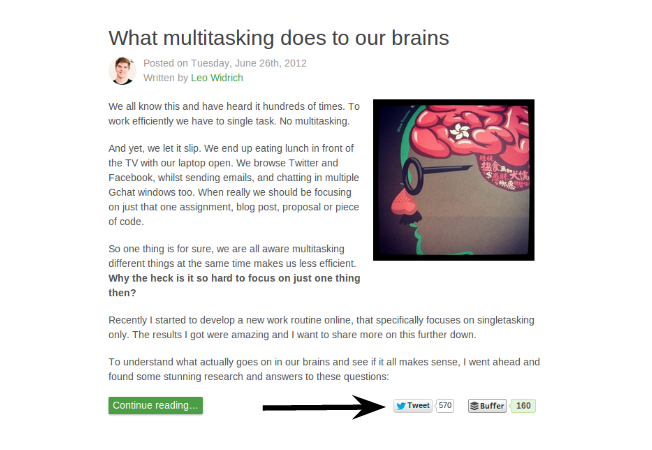

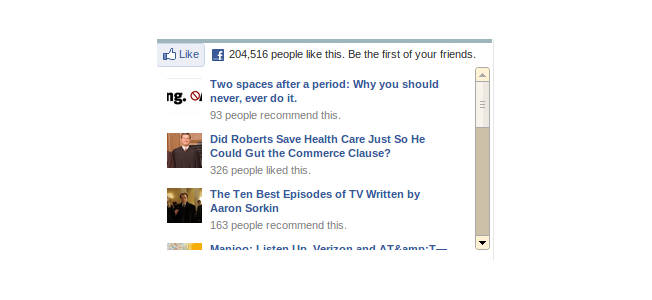

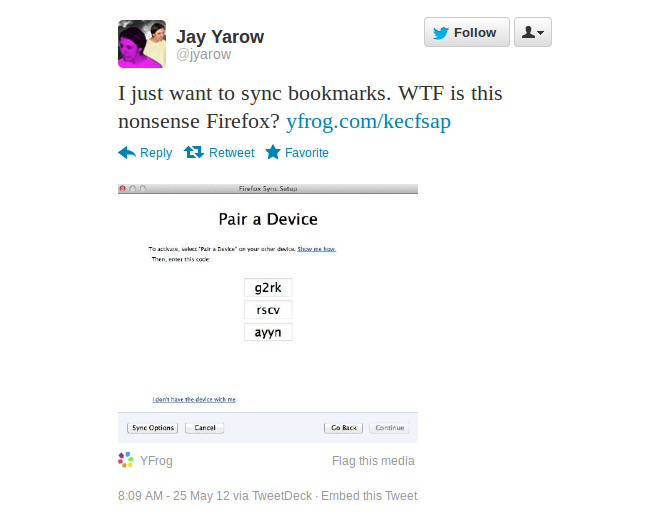
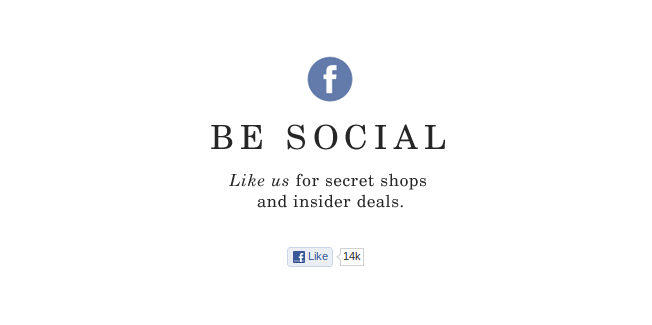
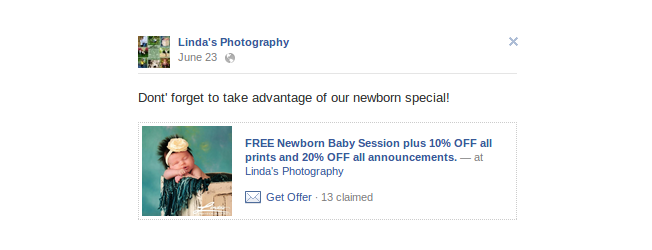
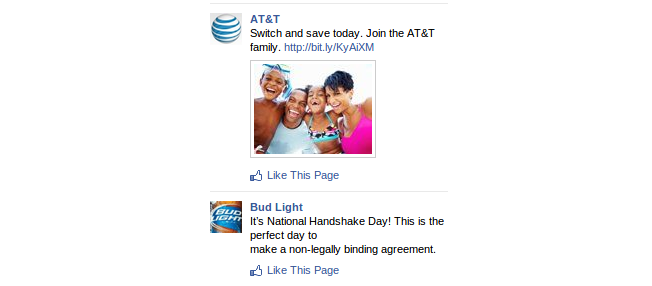
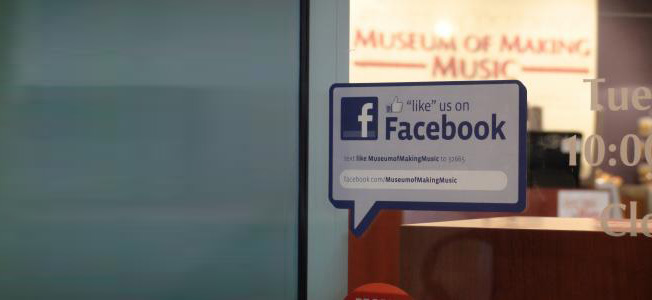
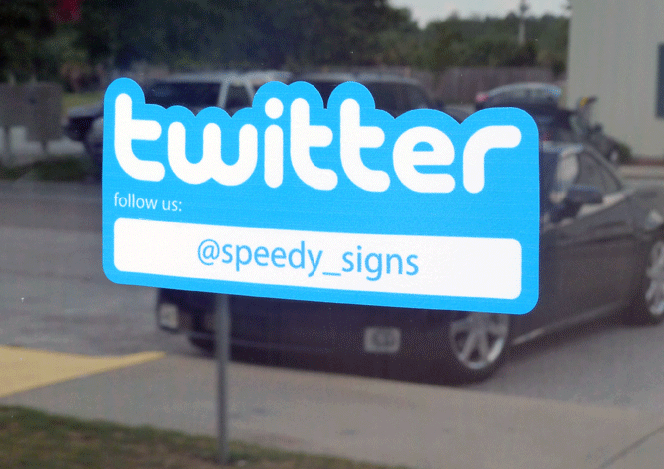

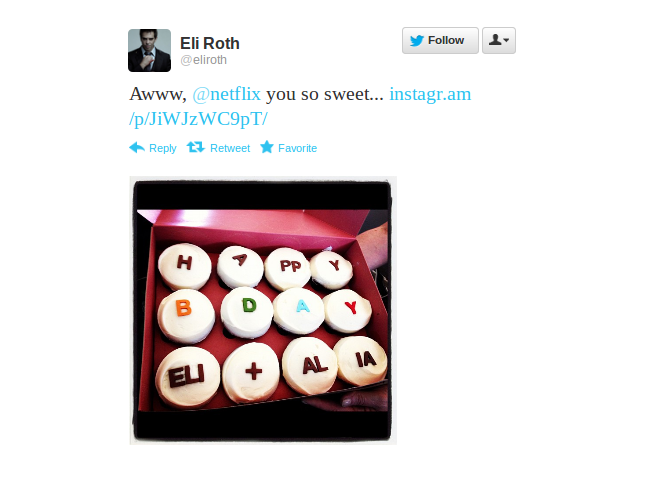
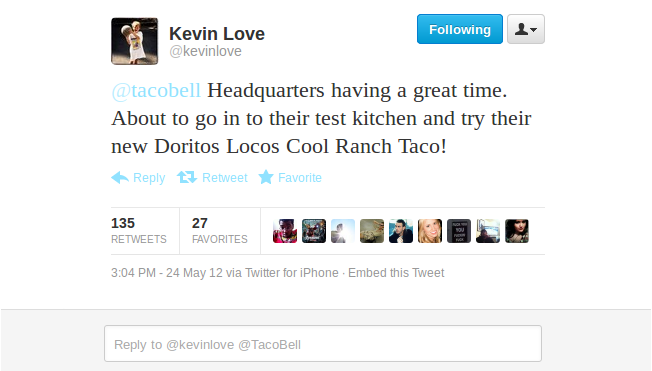
Comments (49)